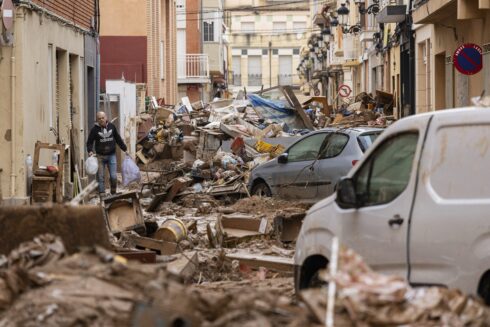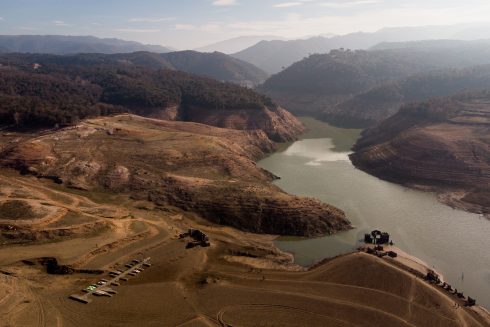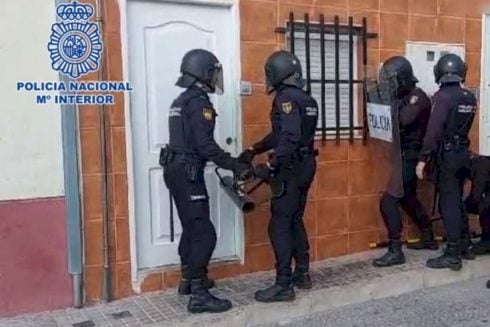SCIENTISTS are creating a special algorithm for the Mar Menor lagoon in Murcia so that chlorophyll pollution can be better analysed through satellite images.
Staff at the San Pedro del Pinatar Oceanographic Centre have said that algorithms used to analyse the state of marine water masses ‘do not work in the Mar Menor’, prompting the Spanish Institute of Oceanography to work on finding a special bespoke formula.
High chlorophyll in the water reduces oxygen levels as it produces dangerous algae that kills marine life, like in previous mass deaths of fish at the lagoon.
Excessive chlorophyll numbers have been caused by illegal chemicals ending up in the water for years.
The Institute of Oceanography says that the satellite images of the Mar Menor ‘are saturated by the effect of the seabed’ as the lagoon is very shallow.
Current mathematical formulae to work out the state of the Mar Menor from the sky also fail as they are based on mixtures of water with chlorophyll and inorganic substances like in large river estuaries- something that is not comparable to the lagoon.
A new algorithm is being formulated based on data from Mar Menor since 2016 and will be incorporated into new satellites to be launched over the next few years which will allow ‘real-time’ monitoring of the lagoon’s state.
READ MORE:
- Report: 456 tonnes of nitrates ended up in the Mar Menor in 2022
- Plan for artificial reefs outside marinas to protect fauna of Spain’s Mar Menor lagoon










